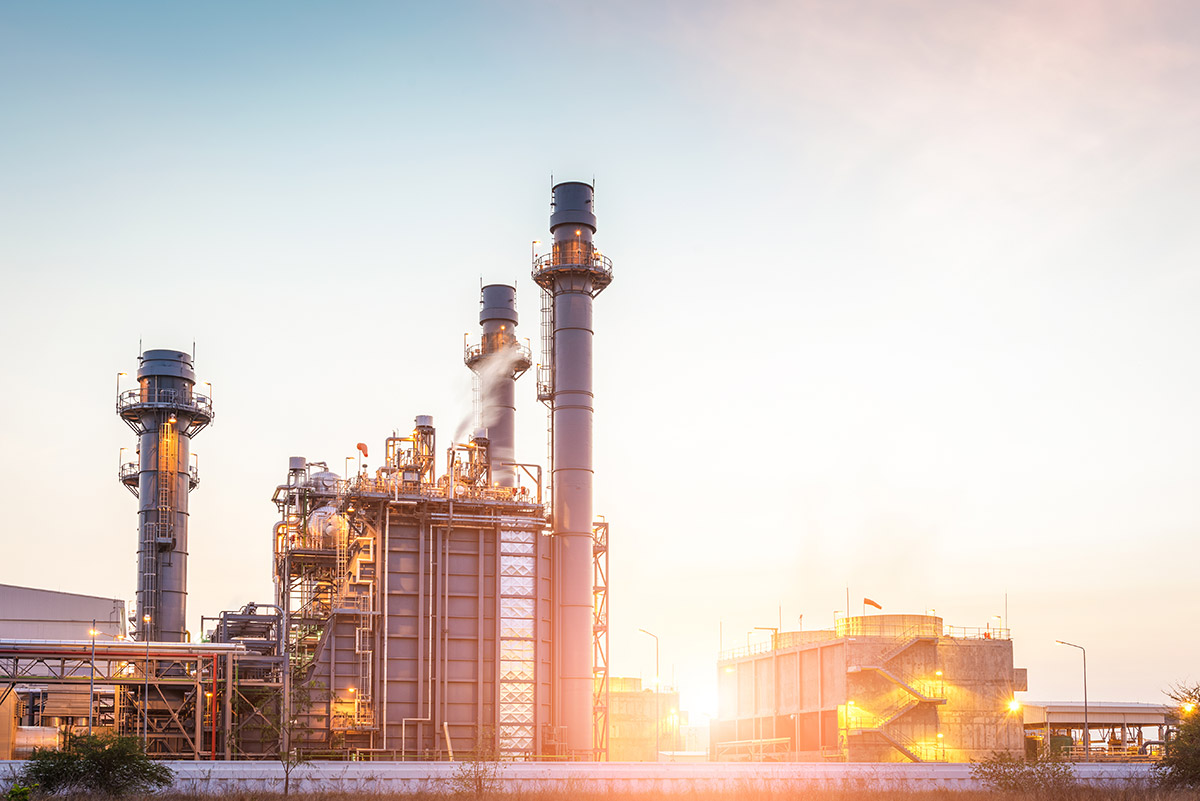Facilities Management for Energy & Utilities Companies

Energy and utility companies are usually seen as the center of outward-focused activity: resources leave plants, towers, and substations to make their way into homes and businesses around the world. But for owners and facility managers at utility companies, understanding what’s happening inside your own building is critical to optimizing performance.
As energy and utility companies continue to modernize their buildings to meet the challenges of the 21st century, smart technologies have become an increasingly important part of facilities management. Truly harnessing the potential of these technologies, however, requires cutting-edge tools and techniques, including intelligent analytics. This approach can transform utility company facilities management and create safer, more efficient, and more employee-friendly environments.
Future-Focused Utilities Facilities Management
Energy and other utilities companies produce and distribute invaluable resources. But that doesn’t happen just by flipping a switch. These organizations are complex, resource-intensive endeavors that require optimal functioning of power plants but also the office spaces that house thousands of employees doing the work of keeping the utility running smoothly at all times. For those office spaces, like those that house people in other industries, forward-thinking facilities management that prioritizes energy efficiency is becoming more important than ever before.
Why does this approach matter?
Regulatory requirements. Both public and public/private hybrid utility companies must meet federal, state, and/or local standards for efficiency, safety, and productivity.
Sustainability. Industry regulations increasingly demand sustainable building and management practices. Many energy and utility companies are also committing themselves to sustainable eco-friendly business practices to be good corporate citizens at their own volition.
Predictable and manageable costs. In the energy and utility industry, revenue fluctuates. Prices rise and fall, demand soars and plummets. With this volatility, more predictable and manageable operational costs offer stability and security.
Talent attraction and retention. Energy and utility companies are competing with a host of public and private organizations for engineering, managerial, and other talent. Smart, efficient, and healthy facilities can be a great differentiator.
The benefits of future-focused management of utility company facilities are significant. So how do you make it happen?

The Value of Analytics in Utility Company Facilities
Utility company facilities are comprised of complex networks of system and equipment, from HVAC to security to lighting, many of which consume considerable power. Integrating smart technologies like IoT devices and sensors is a first step toward optimizing energy usage and employee productivity. But in practice, adding more modern equipment and installing smart devices and sensors may give you more data, but it won’t improve efficiencies on its own. What’s more, your facilities management capabilities could be as fragmented and siloed as ever and if you’re not careful rather than setting yourself up to manage your facilities more efficiently, you may just be managing more components. That’s where an energy management system that includes an intelligent analytics platform and a full technology stack with an integration engine can make all the difference.
An intelligent analytics platform, like onPoint, collects, organizes, and analyzes data from all connected parts of your building to produce actionable insights on demand and in real time. It offers:
Machine learning. Using advanced machine learning algorithms, the onPoint analytics platform continuously refines its understanding of the building and can make meaningful suggestions for improvements, taking multiple variables into account.
Fault detection and diagnostics. State-of-the-art fault detection and diagnostics capabilities reduce nuisance alarms, quickly identify problems, and offer pragmatic solutions.
Smart automation. onPoint can automate adjustments according to setpoints or when suboptimal performance is detected, opening up new opportunities for automation and minimizing or eliminating reliance on manual intervention.
Custom reporting. Insights can be accessed via a user-friendly, mobile-first dashboard that ensures stakeholders have the information they need, when they need it.
These features give you unprecedented insight into what is happening in your facilities, empowering you to make better decisions about energy management, equipment maintenance, and resource allocation. They also allow you to make the most of IoT technologies in ways that affect the big picture and the details of daily life within your organization.
How Facilities Management Makes Meetings Better
The direct economic and environmental benefits of integrating smart technologies and analytics in utility company facilities are easy to see. But analytics-driven facilities management can also transform the workday.
For many employees at energy and utility companies, the day is structured around meetings. A smart building with advanced analytics makes these easier and better in the following ways:
Booking. Employees can use a mobile app to book a room.
Occupancy. Occupancy sensors can detect how many people are in a room, relay this information via the mobile app, and/or trigger automated actions based on occupancy status.
Temperature and air quality. HVAC systems can ramp up based on how and when the room is being used, adjusting the temperature and ventilation to meet the needs of occupants. Depending on how the system is configured, cooling, heating, or ventilation can even start up in anticipation of a meeting, ensuring a comfortable environment from the beginning.
Lighting. Lights can turn on and off according to occupancy, time of day, and/or natural light conditions.
When all these systems are connected, the meeting experience becomes more convenient, more comfortable, and safer.
This can have a very real impact on employee engagement and satisfaction. And that can have serious implications for both individual workers and the company as a whole, as disengaged and unhealthy workers mean lost productivity. In energy and utility companies, where margins are tight and competition for talent is fierce, that can make a difference. Deploying smart technologies to improve the employee experience is a sound investment.

The Connected Building and Utility Facilities Management
Working with a master systems integrator (MSI) with deep domain expertise will ensure that your building is integrated with the right technologies to help you achieve your goals. This includes choosing the best analytics platform and integration engine to allow for seamless connection of equipment, sensors, devices, and apps. Open protocols should be used whenever possible for maximum flexibility and future-proofing.
A facilities management approach that prioritizes the health and well-being of employees while improving energy efficiency and enhancing operations is smart in any industry. For energy and utility companies, it can be a lifeline in a volatile market.

